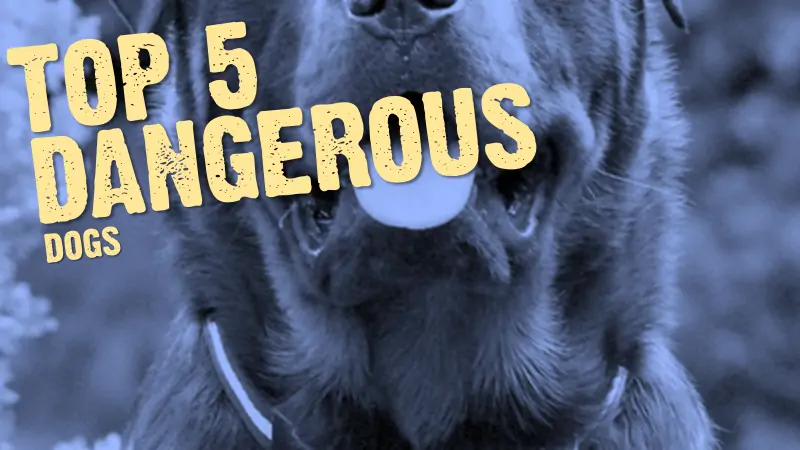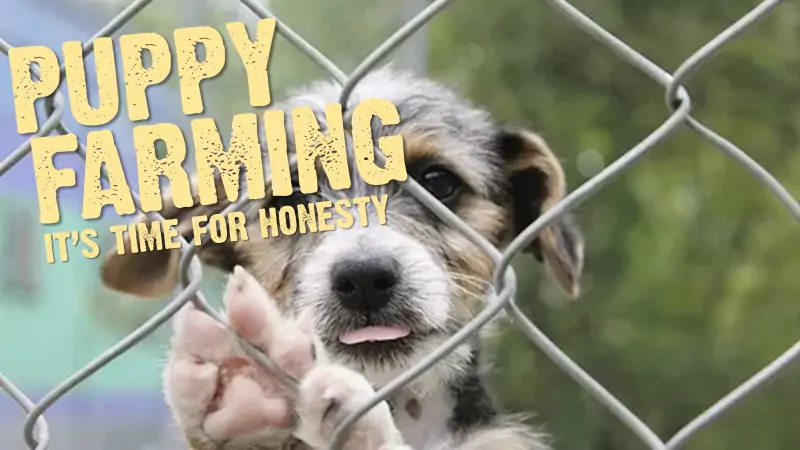The harvest mouse (Micromys minutus) is one of the most elusive and smallest mammals in Great Britain and finding their tell-tale signs can be a difficult and time-consuming exercise even for the experts, so it’s no surprise that when experts decided to take a new approach to find out how many there are living here in the UK man’s best friend was called in to help.
Led by PhD researcher Emily Howard-Williams at Moulton College in Northamptonshire, Tui, a flat-coated retriever, will be trained to learn to detect the scent of harvest mice, making tracking their presence in the countryside easier and more efficient, meaning a more accurate picture can be built up of how many harvest mice there are in the UK by the People’s Trust for Endangered Species (PTES).
With the help of Tui, who was bred from working gun dogs, Emily’s team hopes to shed some light on one of the most iconic species of the British countryside.

As Emily explains, “The harvest mouse appears to have undergone significant declines in parts of the countryside, partly in response to the intensification of modern agriculture, but also due to habitat loss. Yet it still remains difficult to ascertain just how many there really are. The funding from PTES will help to train our resident harvest mouse detector dog, enabling us to determine whether using sniffer dogs is the best approach in tracking these creatures!”

With the aid of a trained dog, Emily’s team will be able to survey a site more rapidly, with less margin for error. A similar method is already being successfully used in New Zealand to seek out kiwi birds. Two English setters managed to sniff out 30 birds in just four days.
Nida Al-Fulaij, Grants Manager from PTES concludes, “We all know that dogs have an amazing sense of smell. The UK enlists the help of sniffer dogs at airports, music festivals and in the army, so why not also use them for conservation purposes to find harvest mice. The trained eye may miss a harvest mouse nest, but a trained nose is much more likely to pick up on a familiar scent and alert the handler to the presence of recent harvest mice activity in that area. We are very excited to be funding this project and look forward to seeing what results reveal about harvest mice populations in the UK”.
Enter your email and never miss out on receiving our best articles:





